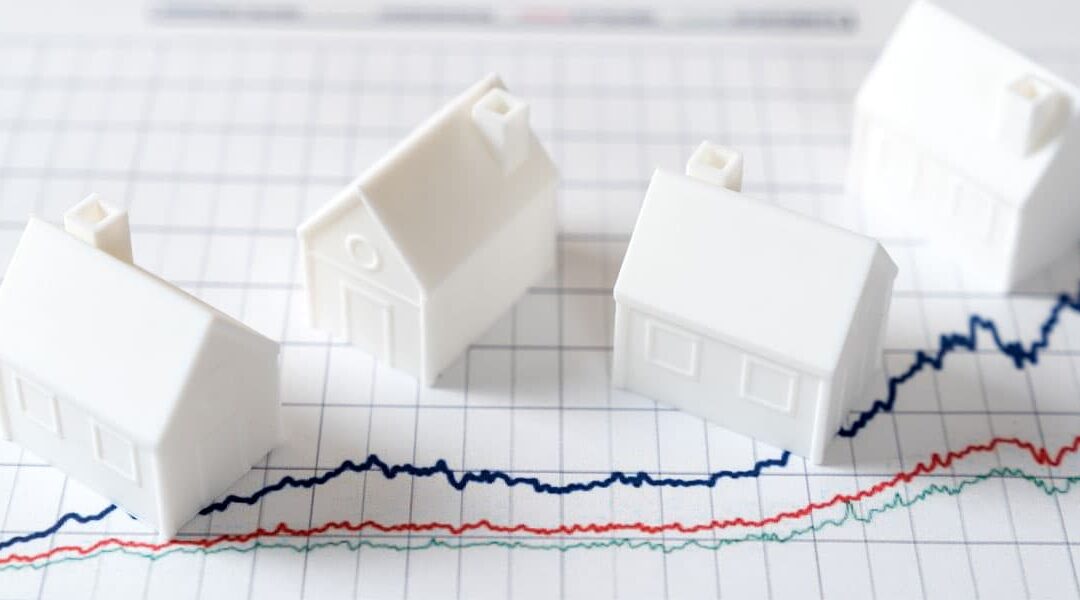There are 20% more active listings, and 21% more pendings than we had last December - a monthly trend here in the fourth quarter of 2024 as the demand is keeping up with the supply. Compare it to August when there were 26% more homes for sale year-over-year, but 17%...




